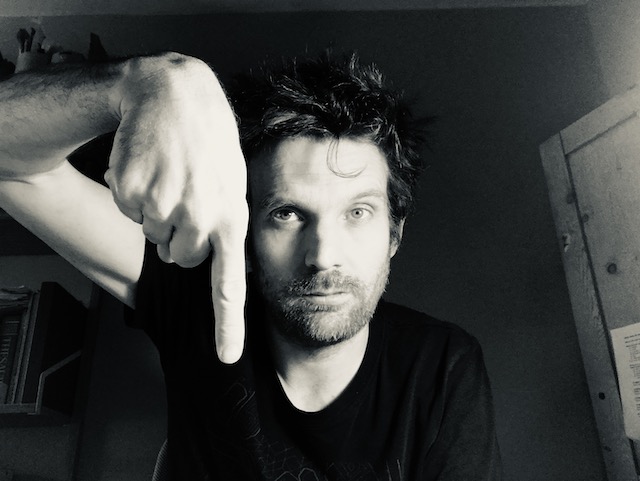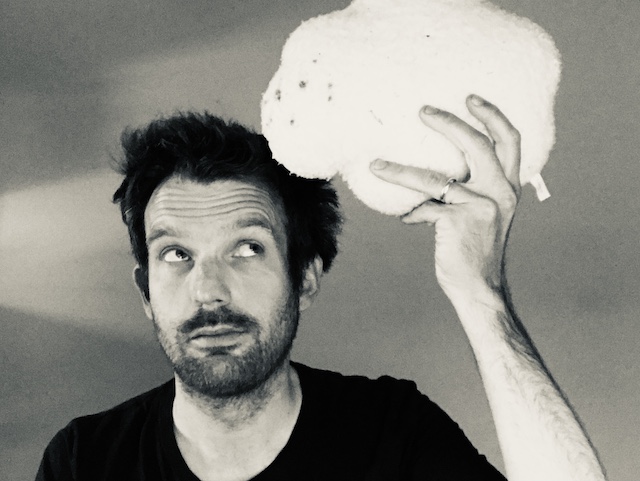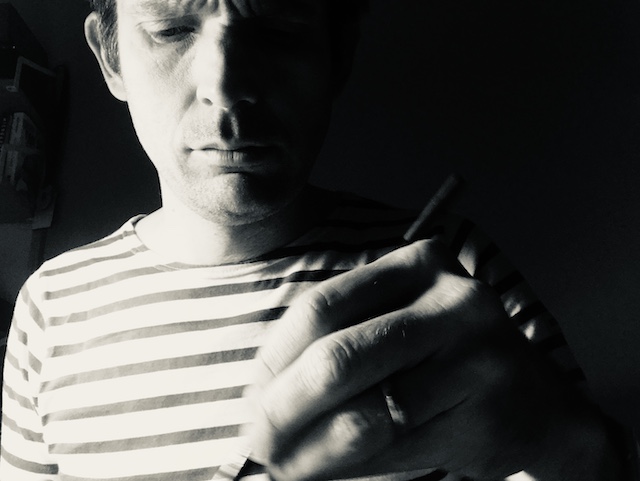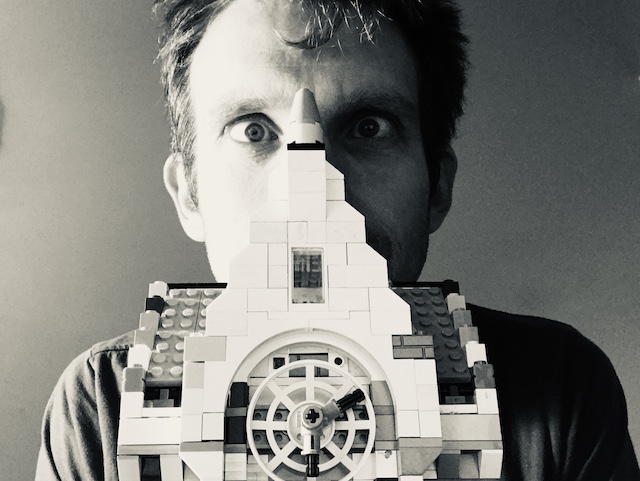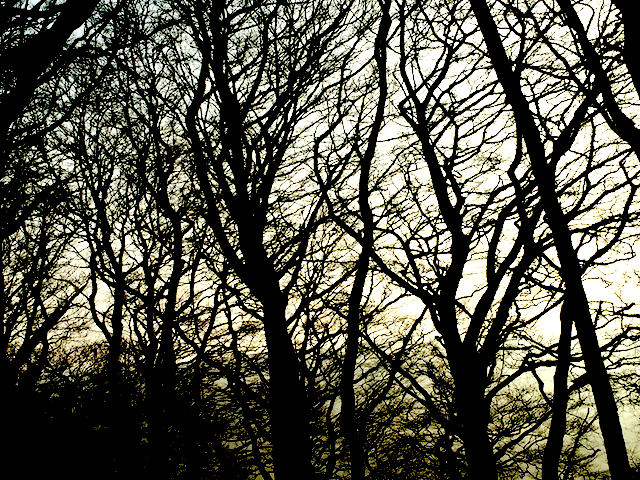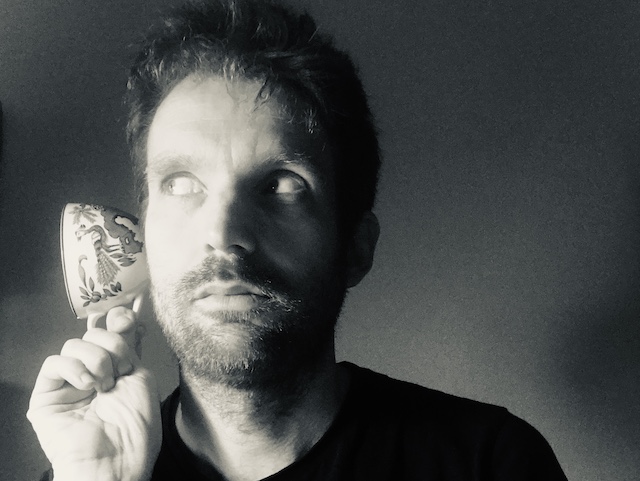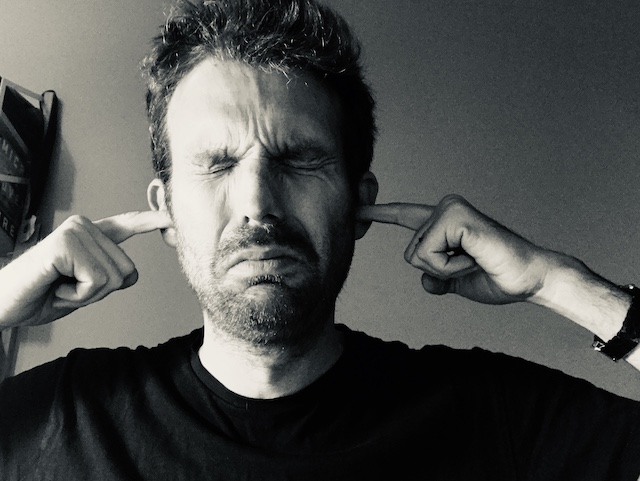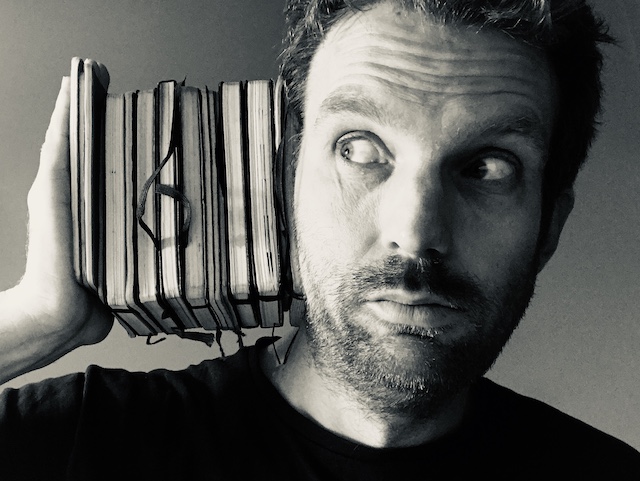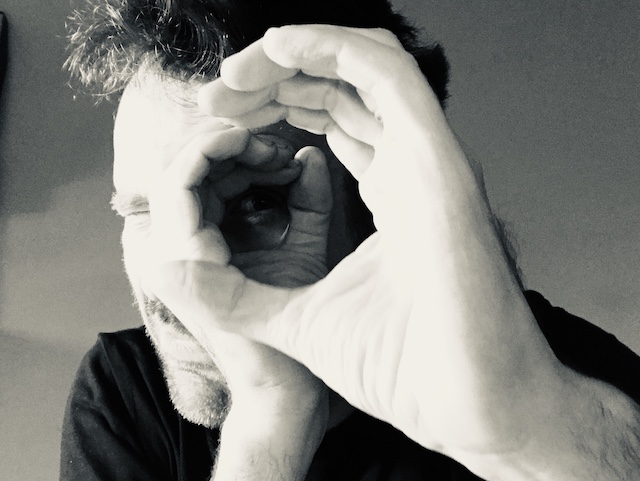Tag: filling
I have nothing to say but lots to show you – Walter Benjamin. I heard this quote this morning on In Our Time and it really struck me….
Together, the people around you know so much more than you do. In my last post for now on Filling the Kalideacope – gathering inputs for the creative…
This post is another in my series about inputs to the creative process, what I call ‘Filling the Kalideascope‘. Today’s input is visiting the site, and it cuts…
